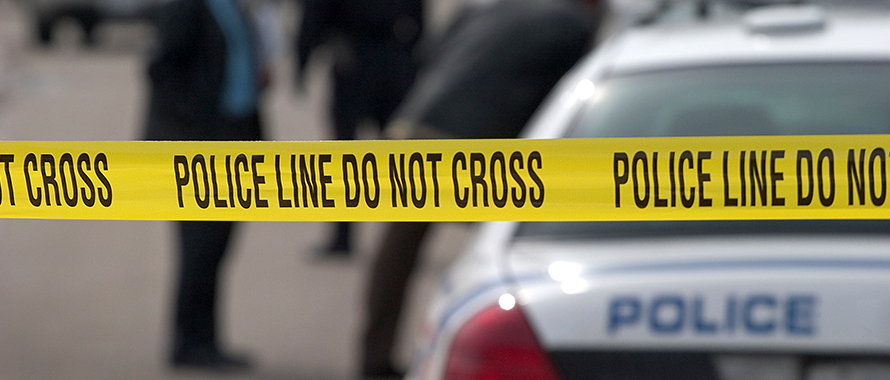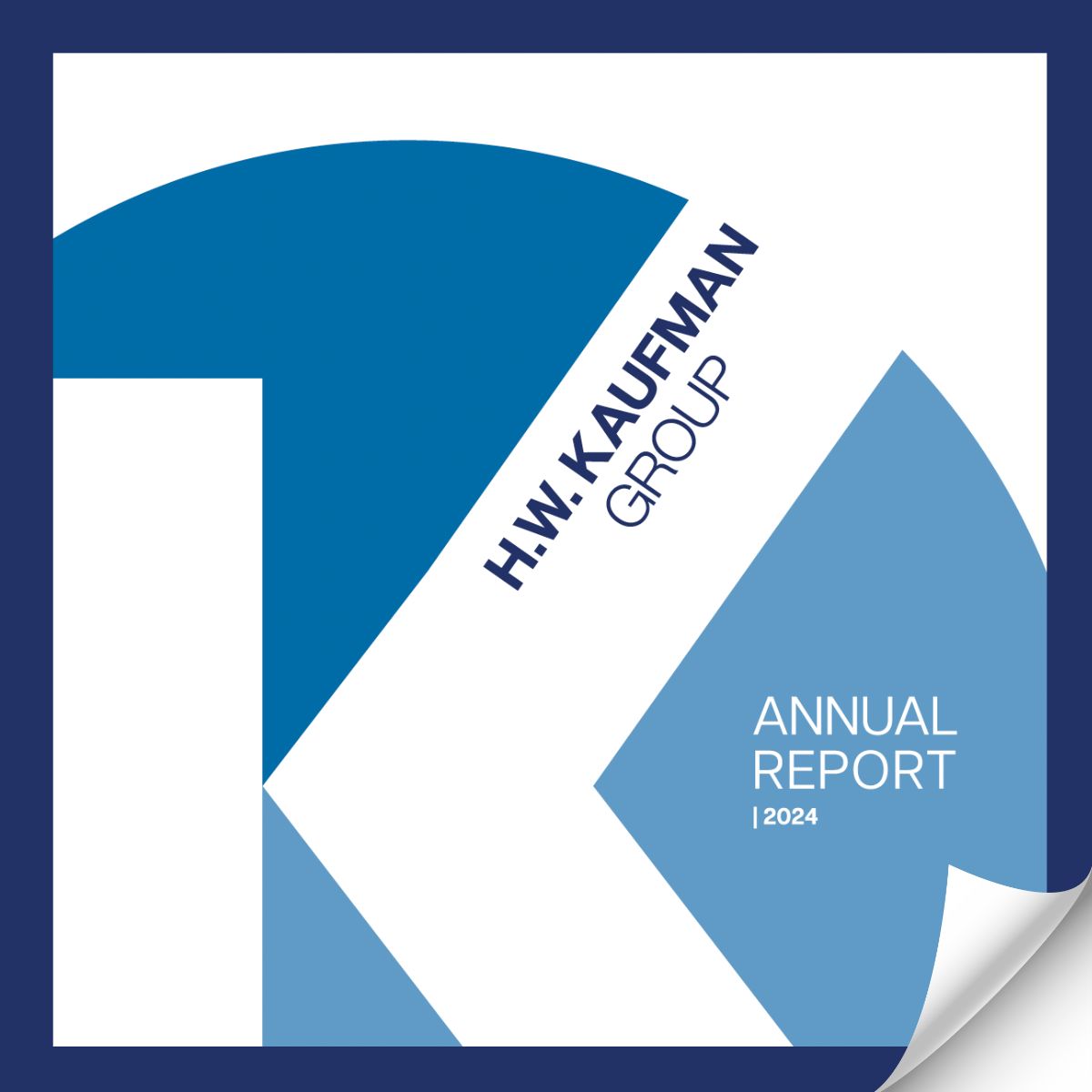The tragic deaths of five employees in a workplace mass shooting at the Henry Pratt Company in Aurora, Illinois, on February 15 this year and the shooting incident that took place at day labor company, Trojan Labor, in Washington, DC, just one day earlier, are solemn reminders of the very real threat posed by workplace violence.
Each year an average of 2 million U.S. workers report incidents of violence, according to the U.S. Occupational Safety and Health Administration (OSHA), and many more incidents go unreported.
Workplace violence in the healthcare sector has been described as epidemic. The rate of serious instances of workplace violence (those requiring time off work) among healthcare workers was four times the private sector average between 2002 and 2013, according to U.S. OSHA data. The Bureau of Labor Statistics showed 18,400 reported attacks characterized as “intentional injury by other person” reported in private sector workplaces in 2017, 71 percent of which were made against workers in health care and social services.
Given these grim statistics, employers and business owners are implementing preparedness measures, such as active shooter drills and prevention programs aimed at mitigating risks and recognizing the warning signs of workplace violence. Business leaders are also investing in insurance coverage to help cover damages, injuries and other costs incurred in the wake of a violent workplace incident.
The most comprehensive such policy is Active Shooter Insurance, which covers many costs arising from assaults and malicious acts committed on a business’s premises. Many of these costs, from legal fees to employee counseling, typically are not covered under a Commercial General Liability (GL) policy.
According to Shaelyn Head, Broker, Burns & Wilcox Brokerage, Dallas, Texas, a qualifying incident under the Active Shooter policy is typically one that involves actual harm or a threat of intended harm to the business or others on the company’s property. The use of a firearm or weapon is not required.
“It’s a very smart option for the amount of coverage that it provides,” Head said. “If that threat to harm exists, the policy can respond. A thwarted knife attack that causes a minor injury, for example, could qualify, as could serious (instances) of verbal (abuse).”
Like workers in healthcare and transportation sectors, retail workers face a greater-than-average risk of workplace violence. In October 2018 a woman allegedly attempted to injure a specific Subway employee by driving her car into one of the fast food chain’s franchise locations in Escondido, Calif. The woman was charged with assault with a deadly weapon.
Many (clients) are realizing that their General Liability policy will not cover many of the costs associated with such an incident.
Human resources professionals, such as those targeted at the Henry Pratt Company by the shooter, are also frequent targets of threats and assaults, verbal and otherwise. Their role in managing employee terminations puts them at significantly greater risk of violence, according to the Society for Human Resource Management.
“With the increase in shootings this has become a prevalent policy for (business owners and managers) to consider,” Head said. “Many (clients) are realizing that their GL policy will not cover many of the costs associated with such an incident.”
Active Shooter policy provides broad coverage
While a GL policy covers property damage and bodily injuries in a wide variety of scenarios, an Active Shooter policy will often serve as a primary GL in the case of a violent incident, Head said.
An Active Shooter policy can cover an organization’s lost income following an incident, the cost of hiring additional security, and counseling services for affected employees, some of whom may develop post-traumatic stress disorder. An Active Shooter policy will often cover legal defense costs if a business is sued as a result of a violent incident, and may even pay for funeral costs for someone fatally injured during an act of violence committed in the workplace.
Two types of Active Shooter policies are typically available. A Property-Only policy will not cover medical expenses for any injuries, but will cover most other costs. Limits are generally available up to $5 million and annual premiums may be less than $3,000. A Liability policy includes coverage for medical costs, has limits typically at or above $1 million, and are generally priced at $7,500 to $10,000 annually, according to Head.
(Funds to cover) expenses can often be provided rapidly and are available for expenses incurred within 60 days following an event.
“Burns & Wilcox recently added a Business Response Enhancement endorsement to its Excess Liability policy options to help mitigate the financial burden of workplace violence, employee data privacy violations and crisis events,” said David Eudy, Underwriting Director, Excess Casualty, Burns & Wilcox, Corporate Headquarters. The Business Response Enhancement endorsement generally covers up to $25,000 of reimbursement costs following an incident at a workplace or retail location, with funds made quickly available.
“Workplace violence continues to be one of the leading high-risk threats for organizations,” said Eudy. “(Funds to cover) expenses can often be provided rapidly and are available for expenses incurred within 60 days following an event,” Eudy said.
“Funds for expenses need to be deployed quickly because a business owner may not have enough liquidity to be able to handle the extra costs in such a short amount of time. This is one instance where the insurance industry is adapting and responding to—sadly—an emerging risk,” Eudy said.
Active shooter and workplace violence incidents continue to climb
FBI data indicates incidents involving active shooters reached an all-time high of 30 in 2017, marking an increase of 50 percent over the previous year’s total. The number of deaths attributed to active shooter incidents in 2017 was 729, more than three times the previous high of 214 fatalities, the total in 2016. The 2017 increase is largely attributable to the tragic mass shooting of concertgoers at the Route 91 Harvest music festival in Las Vegas on Oct. 1 that left 58 people dead and injured more than 500.
And according to FBI data, of the 250 active shooter incidents that took place between 2000 and 2017, 38 percent occurred at a place of business.
Statistics like these are prompting more businesses to consider Active Shooter Insurance and related endorsements. Head said if the number of workplace violence incidents continues to rise, the limits available for Active Shooter Insurance may increase in future years. That holds true for the Business Response Enhancement endorsement as well, according to Eudy.
Head indicated the definition of a “business under attack” may continue to evolve; she expects Active Shooter Insurance coverages and options will follow suit, evolving to meet changing needs and definitions.
“We sincerely hope that you won’t ever have to use (an Active Shooter policy), but if an incident were to occur, it is unlikely any other insurance policies will provide such comprehensive coverage.”





